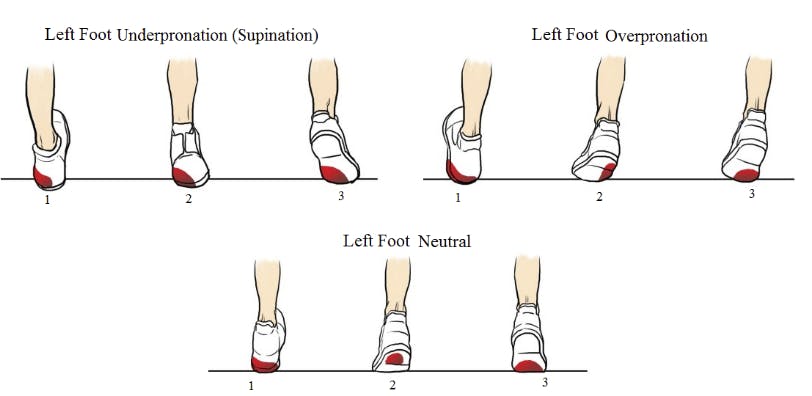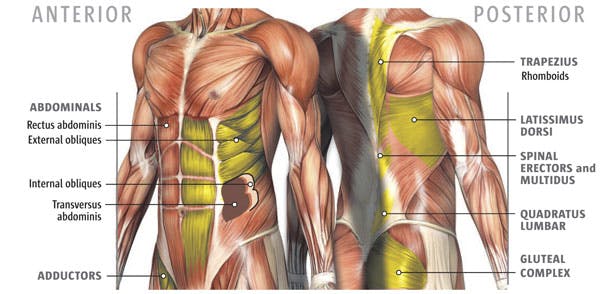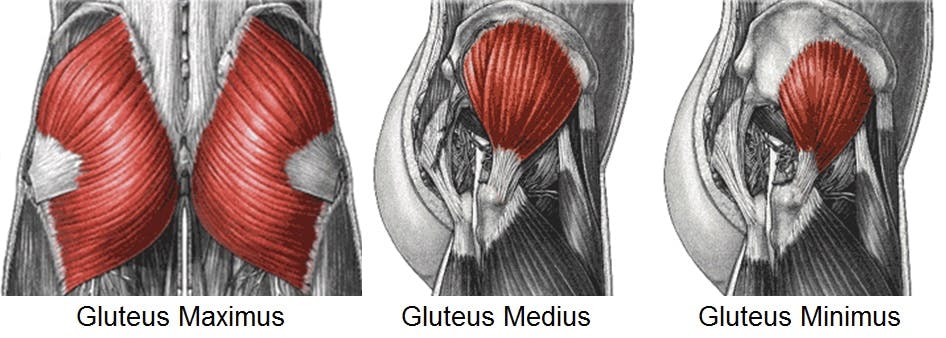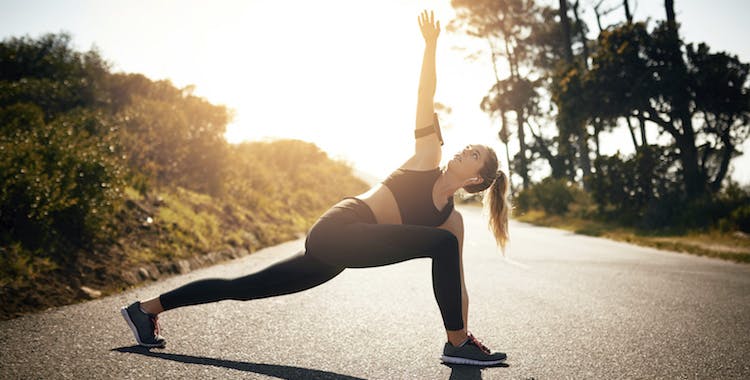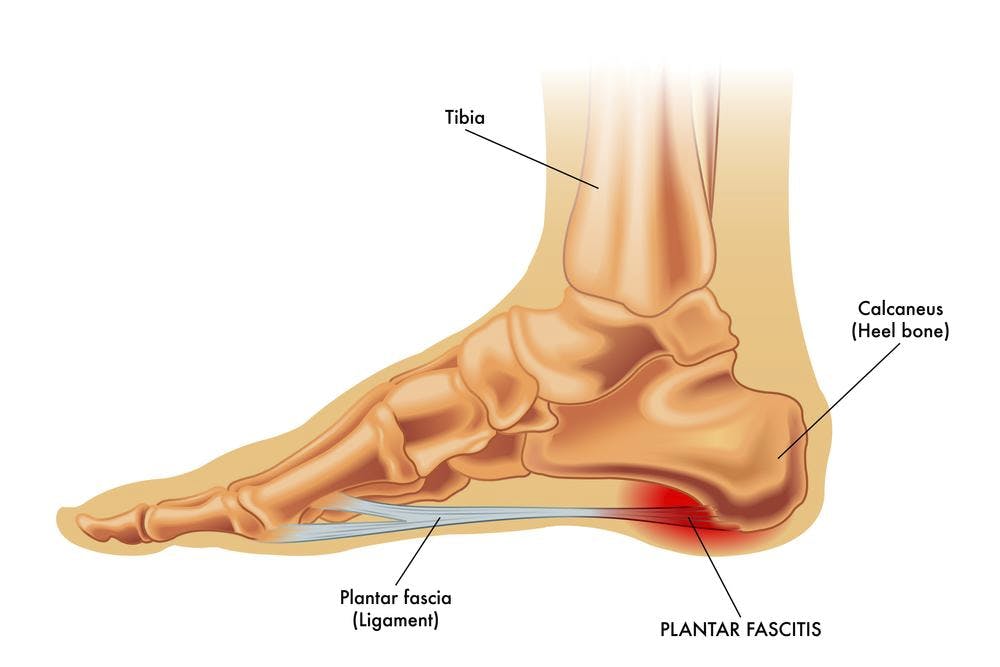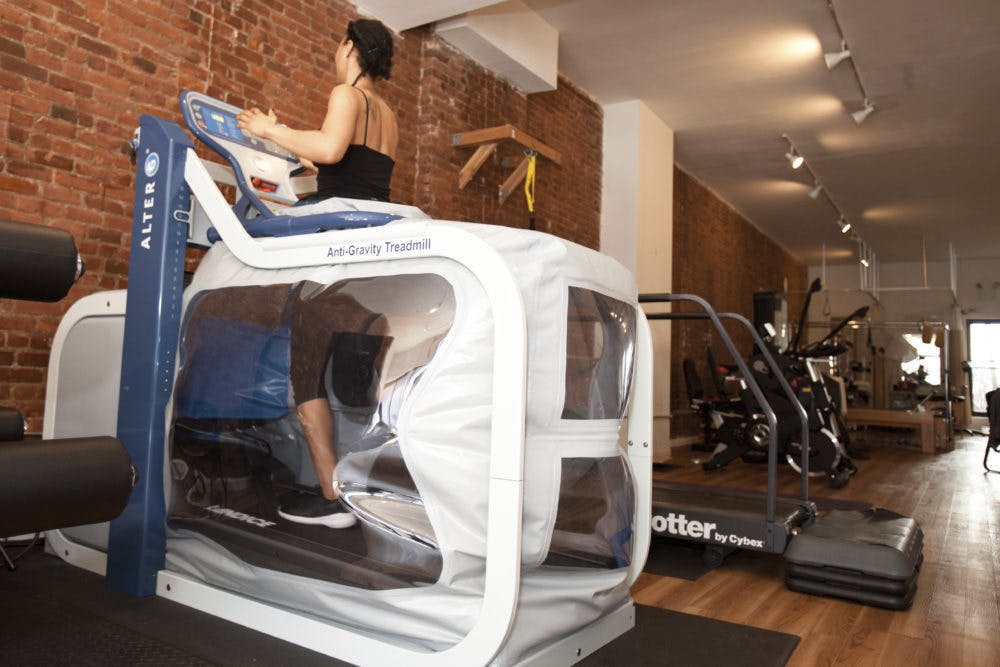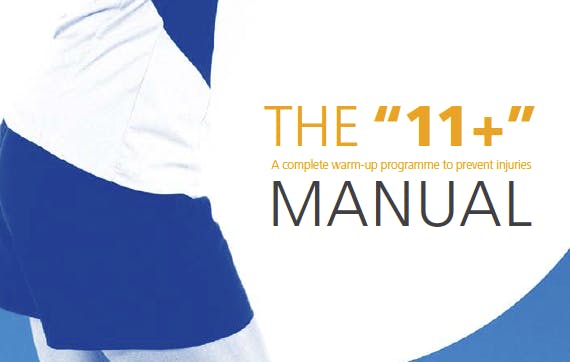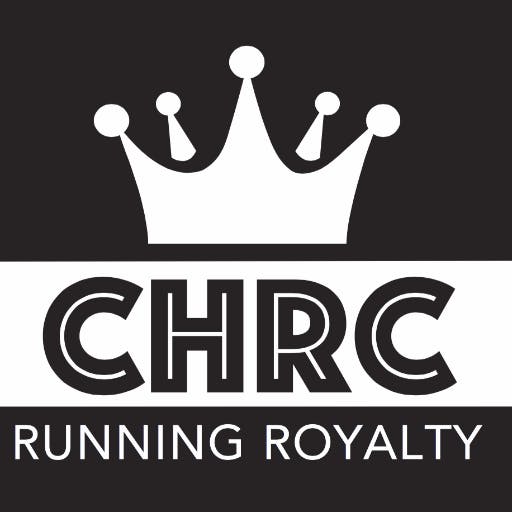Triathletes are great at many things, but after all the time they spend running, riding, and swimming, they might forget something important – strength training. Strength training for triathletes can be a significant advantage for several reasons. In addition to its performance benefits, we think that strength training also plays an active role in keeping athletes healthy and injury-free. While adding another activity to your exercise routine might sound daunting, you can become an all-around better athlete with a simple plan that doesn’t have to take more than half an hour a week. Building your strength will make you faster and keep you feeling stronger as you make your way to the finish line.
Read on as we describe why strength training for triathletes is important.
The Importance of Strength Training For Triathletes
Successful triathlon training should include strength training. It helps improve muscular endurance to help prepare the body for the demands of training and racing. This kind of exercise helps to increase your power output and also prevent injury.
Any athlete with a well-balanced strength training plan has the ability to efficiently transfer power from their body into their run, their swim, and their pedaling. On the other hand, an athlete who lacks strength throughout their body might experience a lack of power due to poor postural control, reducing the amount of force they can produce during the triathlon.
Postural strength is crucial when it comes to injury prevention. As your workouts get more challenging, your body requires the proper support from your muscles to maintain good form for all three areas of the race. When your form is weak, you become more susceptible to injury. You’ve already heard that you need good core strength, and it’s because core strength creates a stable base for all the activities you do on a daily basis.
When you ask a physical therapist, they’ll tell you it’s imperative to work on the lateral and rotational musculature of the hips and core. These muscles are used to help you move side to side and help prevent any unwanted twisting motions of the pelvis, trunk, or legs when running and biking. When these muscles are strong, your workout will be much more efficient and keep you from straining unnecessarily. Since running and biking is a straight-forward motion, you’ll naturally be working the muscles in the front and back of the hips and legs. Therefore, adding a strength program that includes strengthening the lateral muscles will help you improve stability.
Better Performance
Many of the best triathlon coaches will tell you that strength training for triathletes is a vital part of any multisport training program. With triathlons, there is both upper body and lower body training involved.
Research supports the idea that strength training and improved endurance performance are linked. The Journal of Strength and Conditioning Research looked at several studies and concluded that the analysis showed a 4.6% improvement in running overall among those trained along with their regular endurance training.
Additionally, another study looked at both runners and cyclists. After a ten-week resistance training program, participants showed an increase in leg strength by 30%, a 13% improved running time, and cyclists could ride for 14 more minutes than they could initially.
Reducing Injuries
While performance benefits might appeal more to triathletes, as physical therapists, we encourage strength training as a way to prevent injuries. Injuries are often caused by muscle imbalances and chronic weaknesses in certain areas of our bodies. A basic strength training program is the best way to increase your muscle tissue strength and connective tissue, too, like tendons and ligaments. As your tissue is strengthened, you’ll be able to put in more training without injury, which leads to better and faster performances.
Break Your Training Into Phases
Just like with all triathlon and marathon training, strength training should be periodized throughout the year. You should start with the general strengthening and preparation phase, which lines up with the offseason and helps you build triathlon training phases. This period is when you increase your overall base strength. The offseason is when you should also take a break from the main activities in a triathlon. Hitting the weights will be a nice change of pace from the hardcore training you might be used to. We might even suggest that you increase your resistance in this phase, as you don’t necessarily need to worry about soreness or fatigue for your next run, bike, or swim workout. In particular, heavy-resistance training has been shown to enhance both short and long duration endurance capacity in high-level endurance athletes, like those who participate in triathlons. The healthier you are, the better you will be able to handle increases in workout intensity as the season progresses.
After the offseason and build phases, then comes the pre-racing stage. The pre-racing phase will require that your strength training become more specific and focused on building power and speed. This is where plyometrics comes in. Plyometrics, also known as jump training, are exercises in which muscles exert maximum force in short intervals, the goal being to increase both speed and strength.
During the competitive phase, the idea is to maintain the strength you’ve built throughout the season. Resistance training is reduced, and you can continue focusing on training and practicing for your races.
Once the season is over, take some time off to rest and recover. During this time, strength training is low and shouldn’t be done more than a couple of times a week. You want to let your muscles rest, but you also don’t want to lose the fitness you’ve earned before the next cycle.
Consult A Physical Therapist
If you are new to strength training or new to triathlons in general, you should definitely consult a physical therapist to help guide you. They’ll show you the proper technique and help you focus your strength training sessions on your specific needs.
Even if you’re an experienced triathlete, it’s never a bad idea to have a functional assessment and evaluation from a licensed therapist to learn what you need to work on so you have an injury-free and successful season.
The experts at Park Sports Physical Therapy would love to set up a consultation to see how we can help you maintain your health and wellness so that you can continue to do the things you love.
.png?auto=format&auto=compress&h=150)
